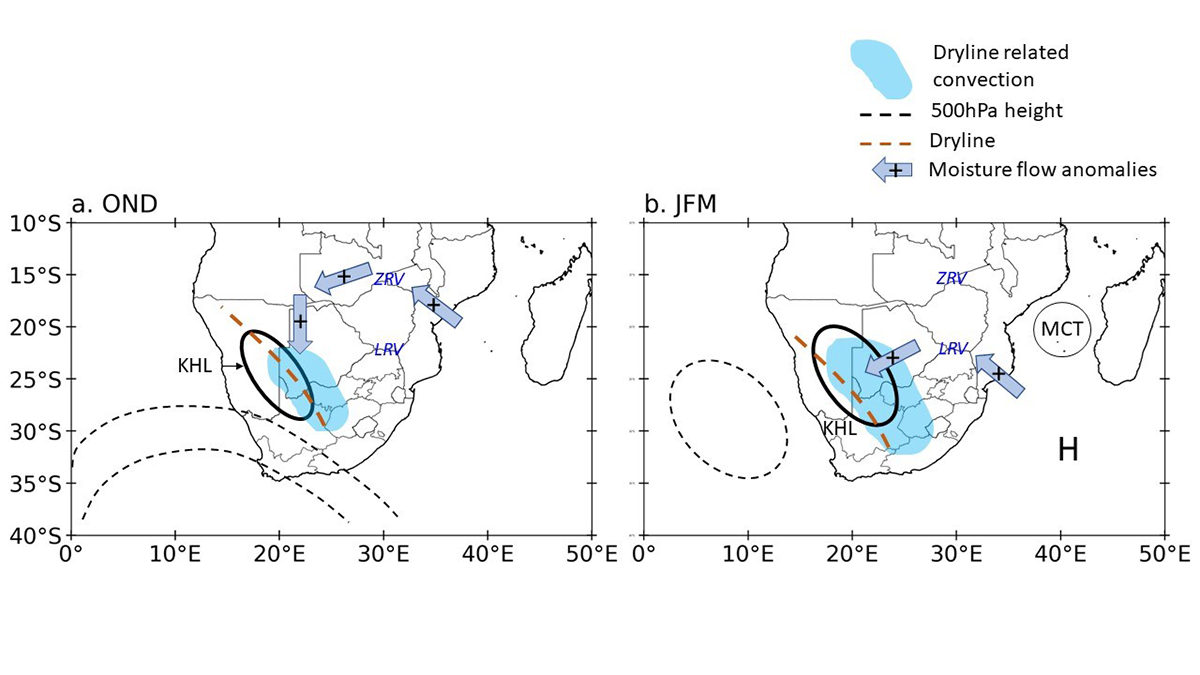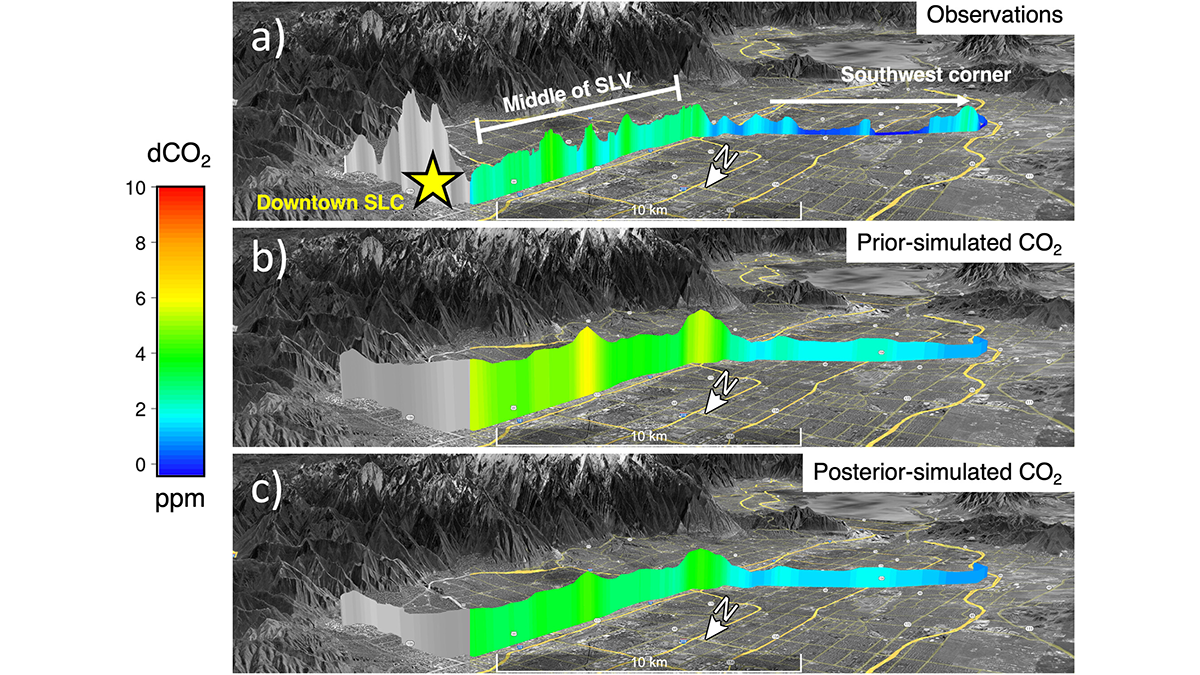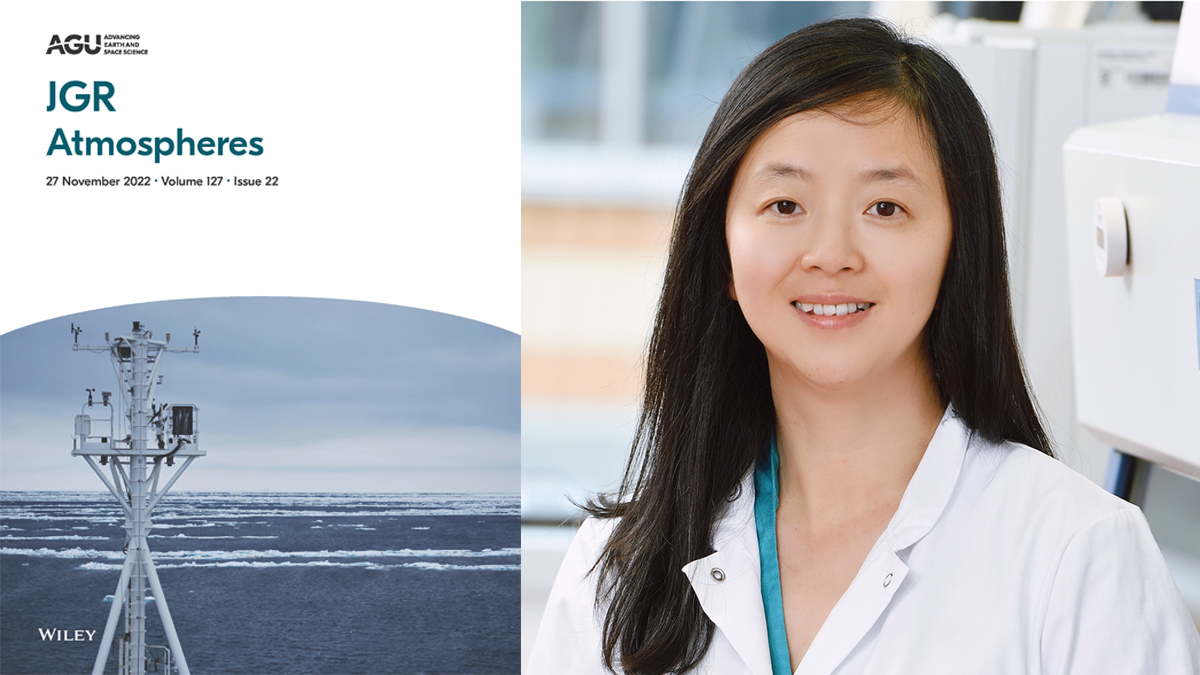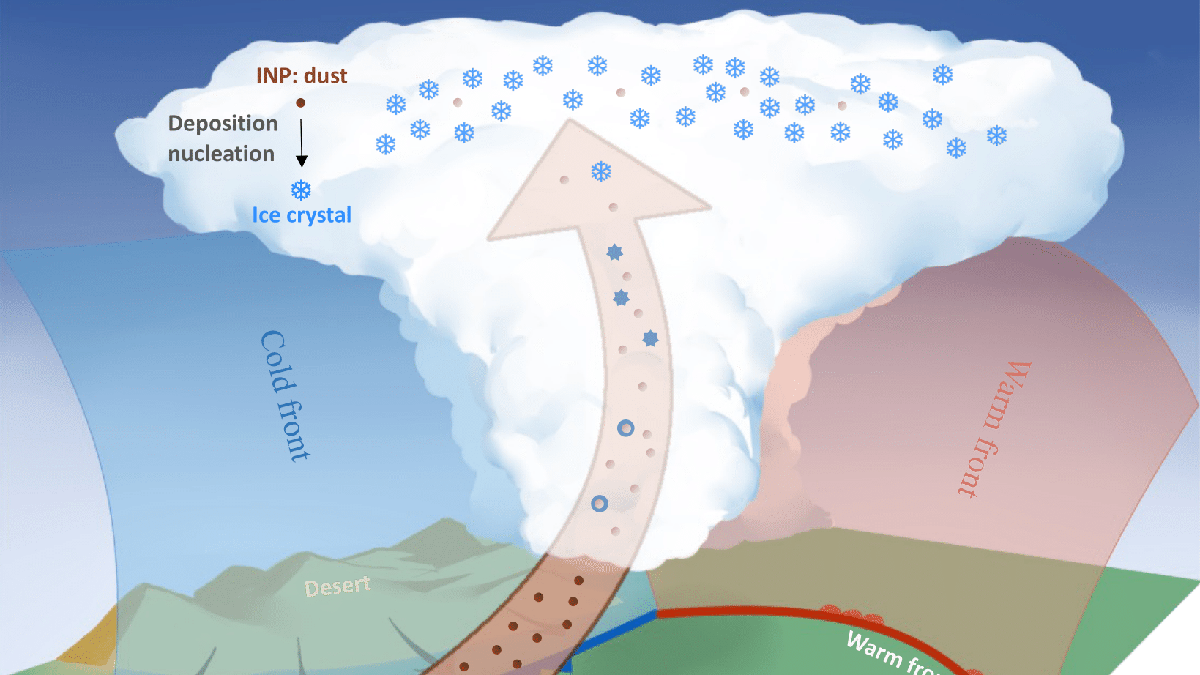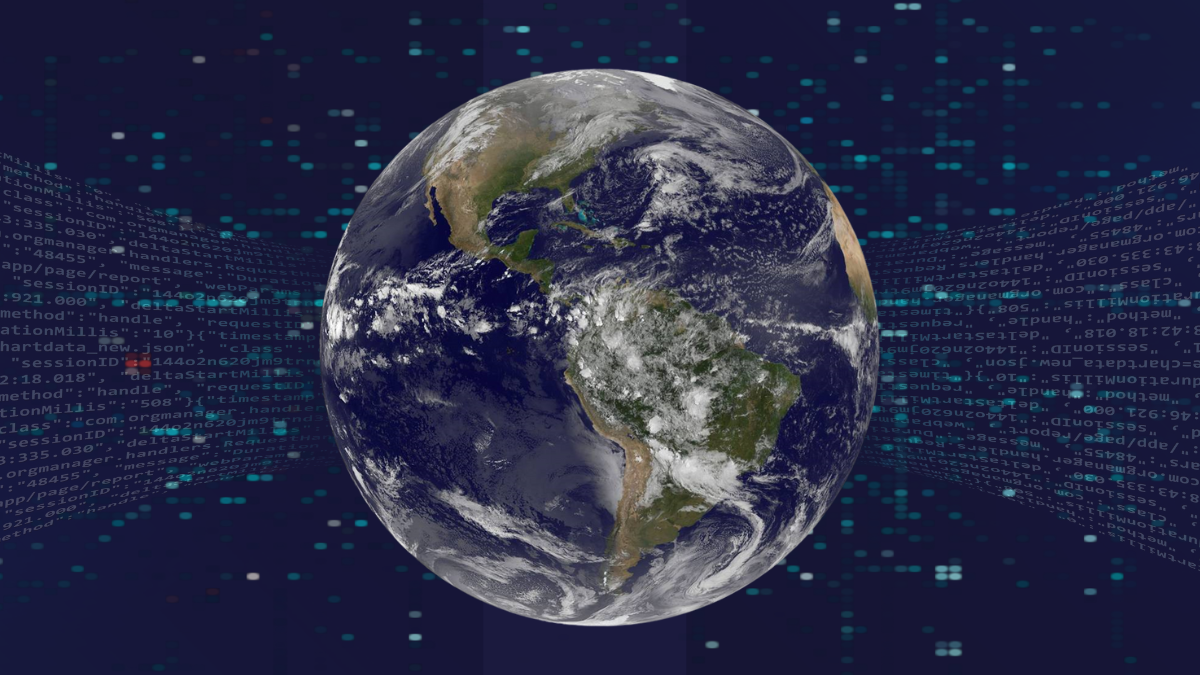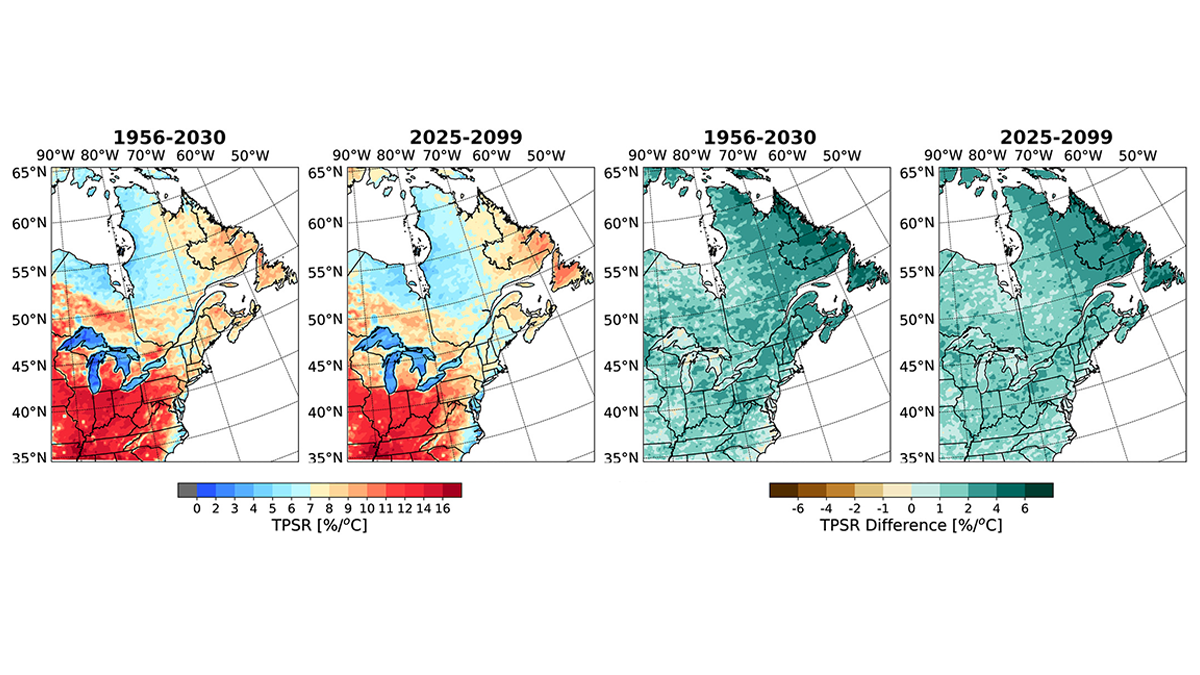Scientists present the first comprehensive study of dryline formation and associated thunderstorms over the southern African plateau from 2010 to 2021.
Journal of Geophysical Research: Atmospheres
Tracking Human CO2 Emissions from Medium-Sized Cities
Atmospheric inverse models, combined with observations, successfully tracked modest CO2 emission reductions in Salt Lake City during the first COVID-19 lockdown in 2020.
A New Perspective on Aerosols and Emissions Over Northern China
During 2013-2019, a distinct seasonality for trends of aerosol concentrations and optical properties was found over Northern China.
Introducing the New Editor in Chief of JGR: Atmospheres
Find out about the person taking the helm of JGR: Atmospheres and her plans for taking the journal forward in the coming years.
How Big Data is Helping Environmental and Climate Research
A new special collection invites papers focusing on the processing, modeling, and analysis of all types of big datasets in the Earth and space sciences, including the influence of solar forcing on Earth’s climate.
How Kicked-Up Dust Forms Cirrus Clouds
Dust lifted into the air by cyclones provides anchor points for cloud-forming ice.
Landfall Temperature of Atmospheric Rivers on the US West Coast
Atmospheric rivers that start in warm areas of the North Pacific generally stay warm, leading to warmer landfall temperatures in the western United States.
Rate of Temperature–Precipitation Scaling in Rainfall Events
Future extreme rain will be embedded in shorter, more convective dominant rainfall events in the northeastern region of North America, leading to larger rate in future temperature-precipitation scaling.
A New Coupled Modeling System Improves Forecast Skills
Building on older versions, the new Global Ensemble Forecast System with coupled atmosphere-land-ocean-ice-wave models has better forecasting skills of the atmosphere than the uncoupled system.

